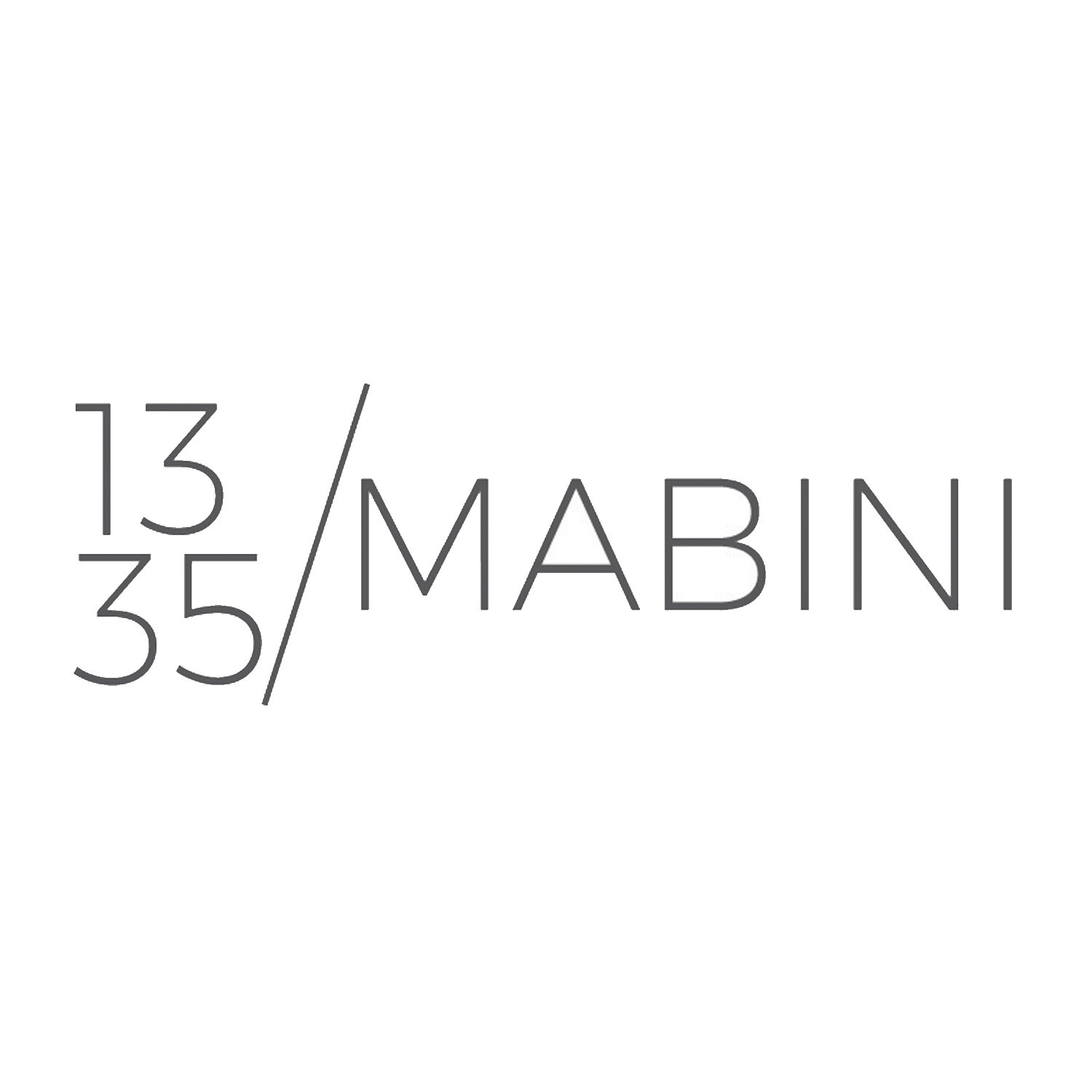Manila. Feb. 2016
OPENING:
Thursday, February 18, 2016, 6pm
EXHIBITION DATA:
February 18 to April 15, 2016
1335MABINI proudly presents Hong Soun in a solo exhibition titled “Manila. Feb. 2016” from February 18 to April 15, 2016. Hong’s discipline in painting is described by a re-contextualization of images of people, objects, and situations based on photographic references, named in his past exhibitions as Sidescape works.
“We need mystery in painting, something we cannot explain but we can feel.” – Hong Soun
Hong‘s painting derives from an art practice that was earlier focused on installation and video. In 2005, when painting became his primary work, his approach explored a dimension of the medium that challenges the idea of representation by looking at objective reality through fragments of tangible references. His concern centers on his analysis of how photographs and paintings can be viewed, and this includes extracting parts of images he has chosen from newsprint photographs.
Painting, as the art of representing forms and colors of objects on a plane surface, has, as its origin, the instinct of imitation[i]. This is how Kenyon Cox, 19th century American painter and critic, started his 1916 essay, stating that “painting’s fundamental appeal – not necessarily its highest appeal but its most universal and necessary one – is to the sense of recognition.”[ii] As Cox believed that there can be no pleasure in the recognition of the thing itself, which we perform unconsciously and automatically at every waking moment, he wrote that “..it is only as the reflection is different from the thing reflected that it interests us.”[iii]
From this understanding, one can observe that Hong follows a mode of representation where, in using a selection process, he can express form with an imitative quality and simultaneously present them in a half-recognizable and half-dissociating light. Choosing parts from a photograph, the artist mechanically copies a cutoff image that gives an impression of leading the viewer’s eye outside the focal point of an invisible original photograph. The work’s form, then, is ambiguous, as men inquire things unseen always in the terms of things seen[iv]. He overcomes the attributed functionalities of the objects and landscapes in the respective contexts of the moment they were captured on camera, thereby emphasizing the independence and transcendence of specific and/or implied situations. As an example, he references a war-related photograph by isolating areas such as the sky, ground, or a fragment from a wall or a person’s clothing.
Hong’s technique sticks to a mechanical way of copying cropped images, showing no stylistic front. His muted monochromes display an air of delicate and restrained effort, and the artist’s use of the brush and pigment on canvas is subdued as it is masterful. Inspired by the philosophies of Hubert Damisch (Theory of Cloud) and Werner Heisenberg (Part and the Whole), he introduces a mode of looking that defies spatial perspective, at the same time instructing the viewer to look without being pushed to a subject-based reading; this form-based content allows one to perceive a work with a feeling of neutrality. His current exhibition, consisting of oil paintings of both landscapes and figures, as well as painted sculptural works, borders on allegorical representation and abstraction. It will include paintings that are part of an ongoing series of works including Ordinary Monuments, a memorial to the Sewol Disaster in 2014, as well as Sidescape paintings.




